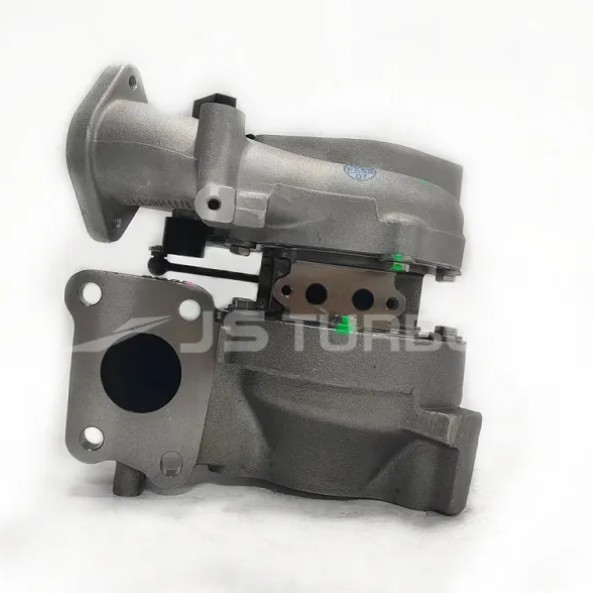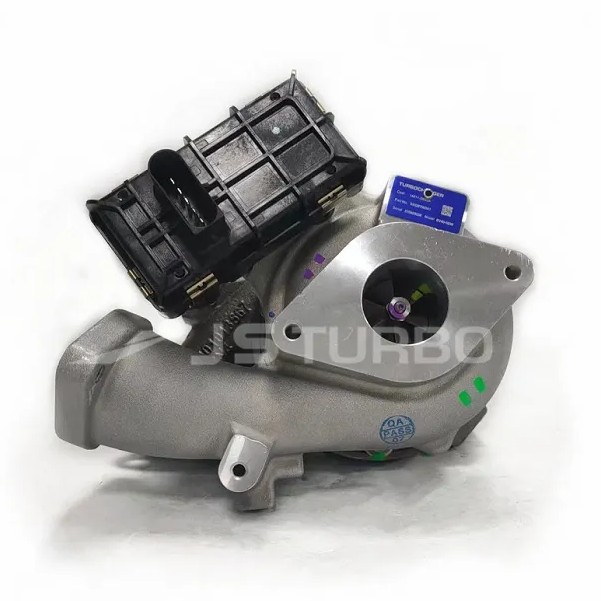
Structure principle and classification of turbocharger
2023-02-17 17:071. Structural principle of turbocharger
First of all, let's talk about the general structure and principle of the turbocharger. The exhaust turbocharger is mainly composed of pump wheel and turbine, and of course there are other control elements. The pump wheel and turbine are connected by a shaft, that is, the rotor. The exhaust gas from the engine drives the pump wheel. The pump wheel drives the turbine to rotate, and the turbine rotates to pressurize the intake system.
The supercharger is installed on the exhaust side of the engine, so the working temperature of the supercharger is very high, and the rotor speed of the supercharger is very high, which can reach hundreds of thousands of revolutions per minute. Such high speed and temperature make the common mechanical needle or ball bearings unable to work for the rotor. Therefore, the turbocharger generally uses full floating bearings, which are lubricated by oil and cooled by coolant.
In the past, turbochargers were mostly used in diesel engines. Because the combustion methods of gasoline and diesel are different, the forms of turbochargers used in engines are also different.
The gasoline engine is different from the diesel engine. It is not the air that enters the cylinder, but the mixture of gasoline and air. It is easy to deflagrate when the pressure is too high. Therefore, the installation of turbocharger must avoid deflagration. There are two related problems, one is high temperature control, the other is ignition time control.
2. Classification of turbocharger
If a car wants to run fast, it must have strong power. At present, the power system of automobile can be roughly divided into natural intake system and supercharged intake system.
In European sports cars, in addition to BMW, which still insists on using the naturally aspirated engine, other auto companies have adopted the supercharging system in order to improve the vehicle's dynamic performance. For example, Mercedes-Benz sports cars use the supercharging system, while Saab is the founder of turbocharging. In recent years, Japanese cars have also begun to use a large number of turbocharging technology.
The natural intake system is not equipped with any type of supercharger, but only uses the negative pressure generated by the downward piston to suck in the mixture. Although the natural intake system can obtain a larger horsepower output through the variable valve timing system, the power improvement is very limited. In order to effectively increase the output power of the engine, the turbocharging system is the most effective way. The most common engine turbocharging systems include mechanical turbocharging and exhaust gas turbocharging.


